The espresso maker is very popular in many European countries. Almost every kitchen has one of these devices that can be used to brew coffee easily and cheaply. But the outcome is often bitter. Here you'll learn how we get great coffee out of the Bialetti®.
Do you want to make coffee with the portafilter machine? To prepare with the portafilter, please follow the link.
To properly prepare coffee with the espresso maker/moka pot (Bialetti®, Cilio®), you need the following equipment.
This is what you need to prepare it with the espresso maker
- Espresso maker (we use an aluminum pot because of its thermal conductivity)
- Coffee grinder
- Fine scale
- Kettle with temperature display
- Coffee beans
Everything there? Then let's get started! If you need anything else, you can find most of it in our online shop. Simply follow the links above.
1. Determine the recipe for the espresso maker
The basis for every coffee recipe is the ratio of coffee to water (brew ratio). It determines the strength and taste of your coffee. For the stovetop pot, we recommend a ratio of 1:9.5, i.e. around 10.5 g of coffee per 100 milliliters of water. We give everything in grams because we always work with precision scales.
2. Accurately weigh the amount of coffee for the espresso maker
We place our grinder on the precision scale, tare it and fill in the coffee beans until the scale shows the desired amount of 10.5 g. Here we work with 0.1 gram accuracy.
Even small differences can make a significant difference in the taste of a cup of coffee. That's why we always make sure to work precisely.
3. Grinding level for coffee with the espresso maker

Grinding level for making coffee with the stove pot (Bialetti® or similar). The grinding level should definitely be chosen to be coarser than for the portafilter machine.
We choose the grinding level to be slightly finer than table salt (guide value for the Comandante coffee grinder: 20 clicks). The finer the grind, the longer it takes for the water to work its way through the ground coffee. It is important that the grinds are approximately the same size to allow for even, controlled extraction.
4. Preheat water
We heat our specified amount of water to approx. 60 °C. This ensures that the espresso pot made of the excellent heat-conducting material aluminum is not heated too much on the stove (because it is shorter). We pour the hot water into the lower part of our stove pot.
You can read about the influence water hardness has on the taste of your coffee in our guide to coffee water.
5. Pour ground coffee into the sieve
Now we put the ground coffee into the sieve without pressing it. This is important because otherwise the hot water will rise too slowly through the ground coffee, resulting in a bitter taste.
6. Heat the espresso maker
We now place our espresso maker on a stovetop and heat it with the lid open. As soon as the upper part is half full, we take the pot off the stove. The residual heat ensures that the remaining water also makes its way up and comes out of the middle of the pot as delicious coffee.
7. Try coffee from the espresso maker
Once the water has completely passed through, we pour the coffee directly into one or more cups. This cools it down a bit and the taste remains free of bitter substances. If you leave it in the pot for too long, a bitter taste can develop.
Now let's try the coffee. If it tastes as desired, we have reached our goal. If it is too bitter, we have some tips below for the next preparation.
Coffee too bitter? Here's how to adapt the recipe
For a good, balanced coffee from the espresso maker, we solve around 22% of the coffee particles from the ground coffee beans. If the coffee tastes too bitter, too many particles have ended up in the cup. If, on the other hand, it is too acidic and watery, we have dissolved too few particles.
If the coffee tastes bitter, there can be several reasons for this. Either we ground it too finely, pressed the ground coffee in the sieve, or extracted it with water that was too hot. The result is over-extraction.
We repeatedly write espresso maker or stovetop pot in the text. The latter term is more precise because no espresso comes out of the espresso pot. There is not enough pressure in the device for this (maximum 3 bar). In a portafilter machine, however, it is around 9 bar.
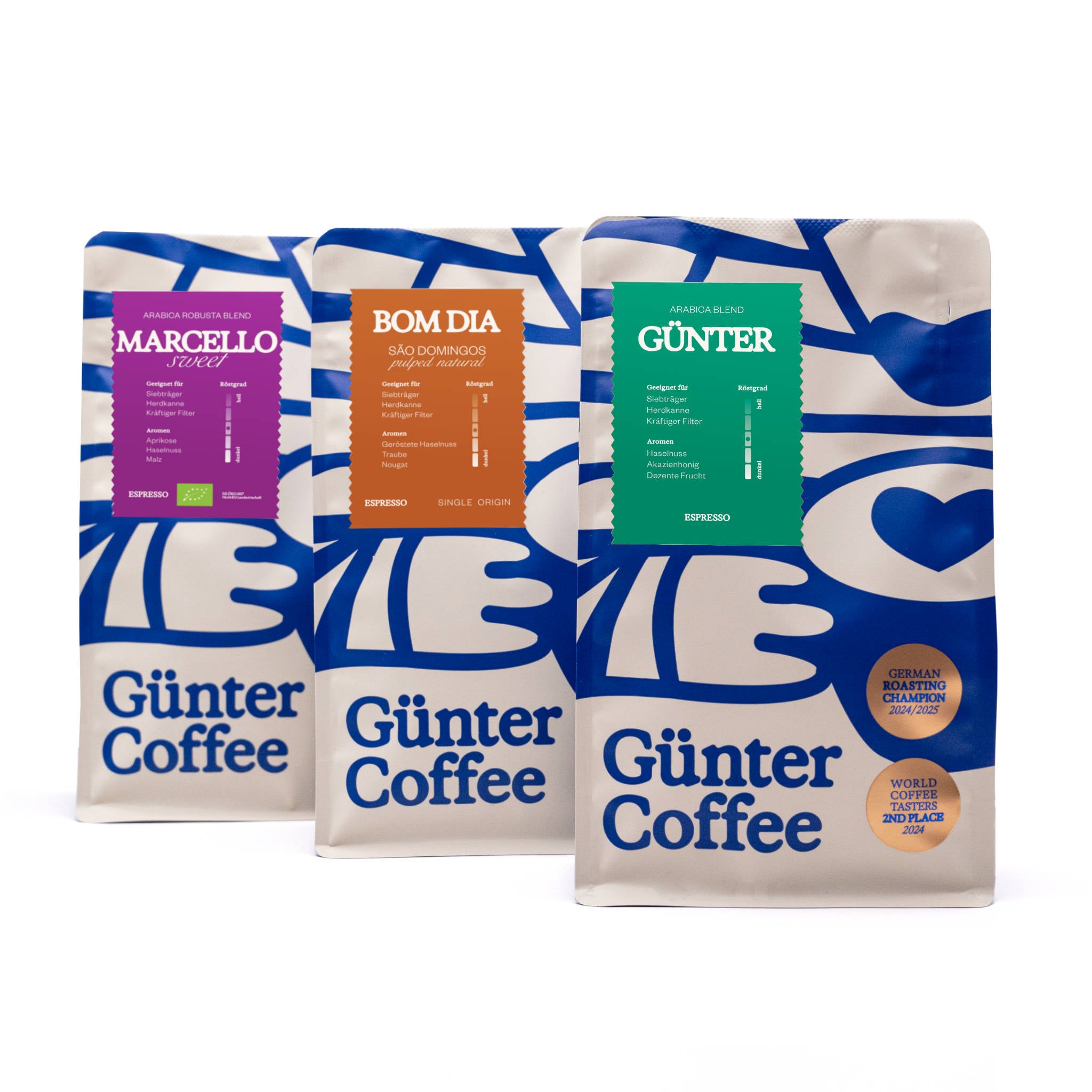

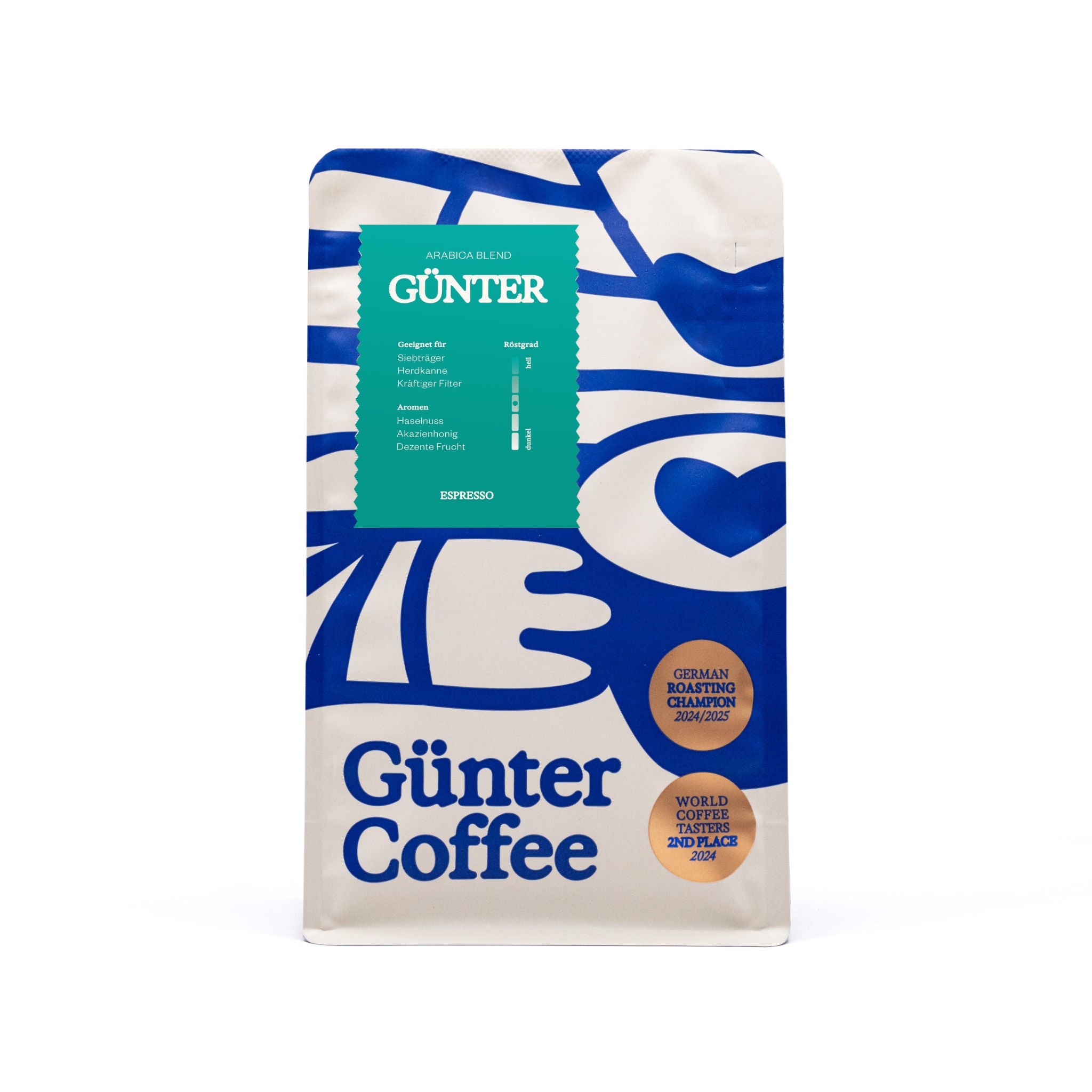

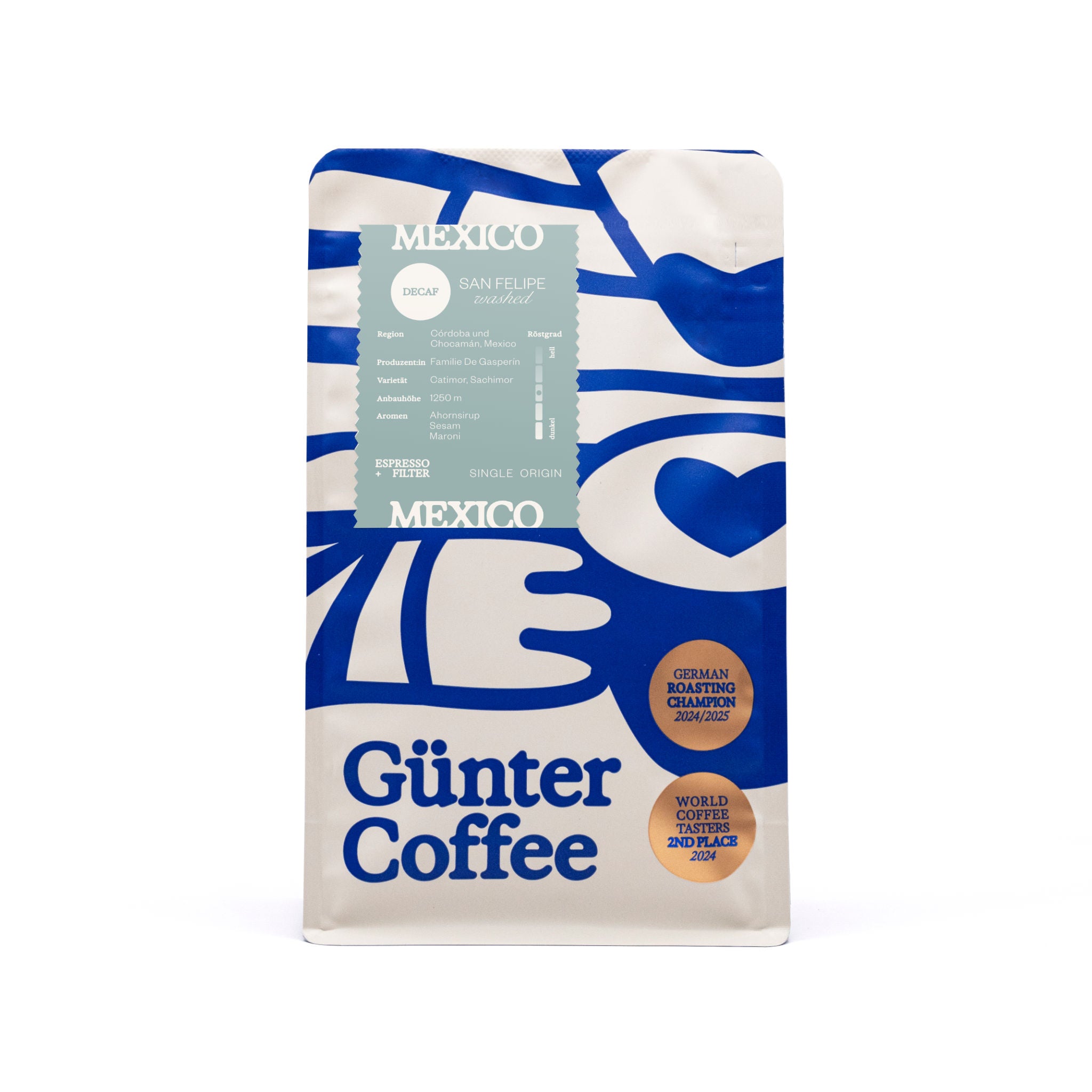
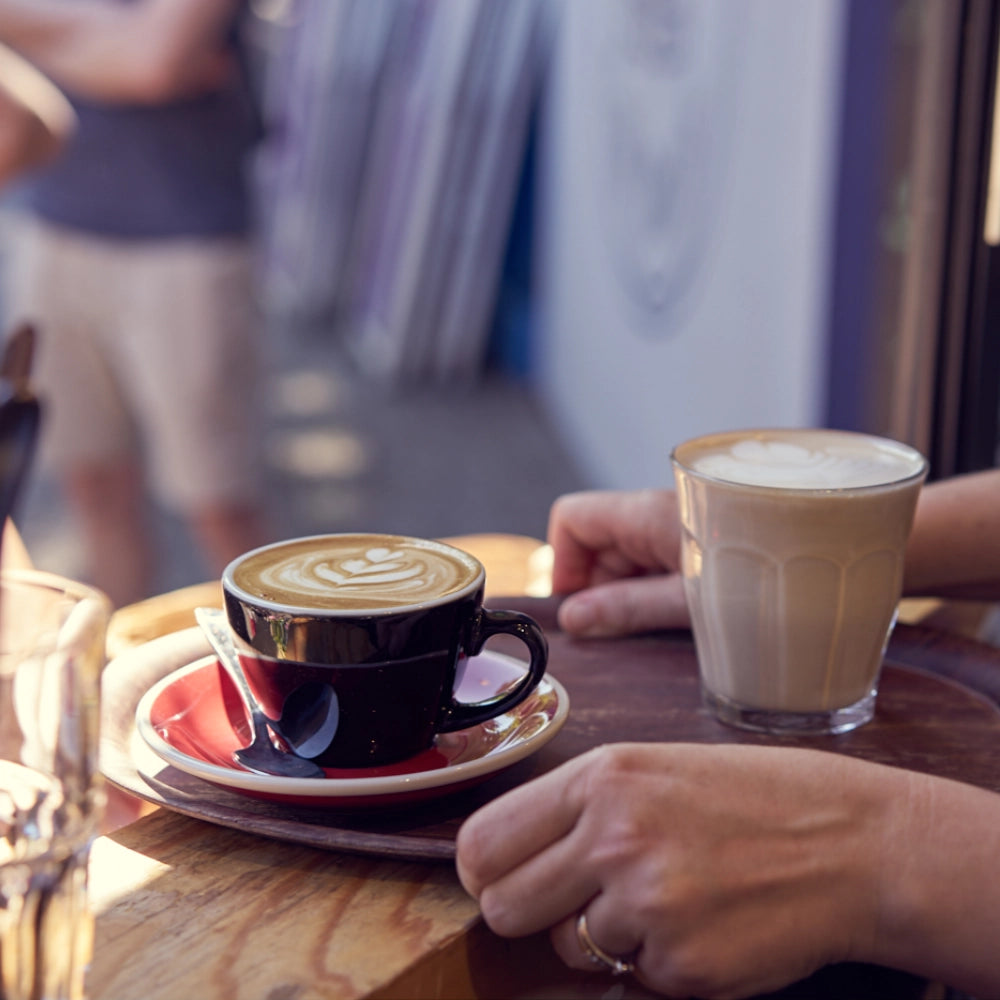
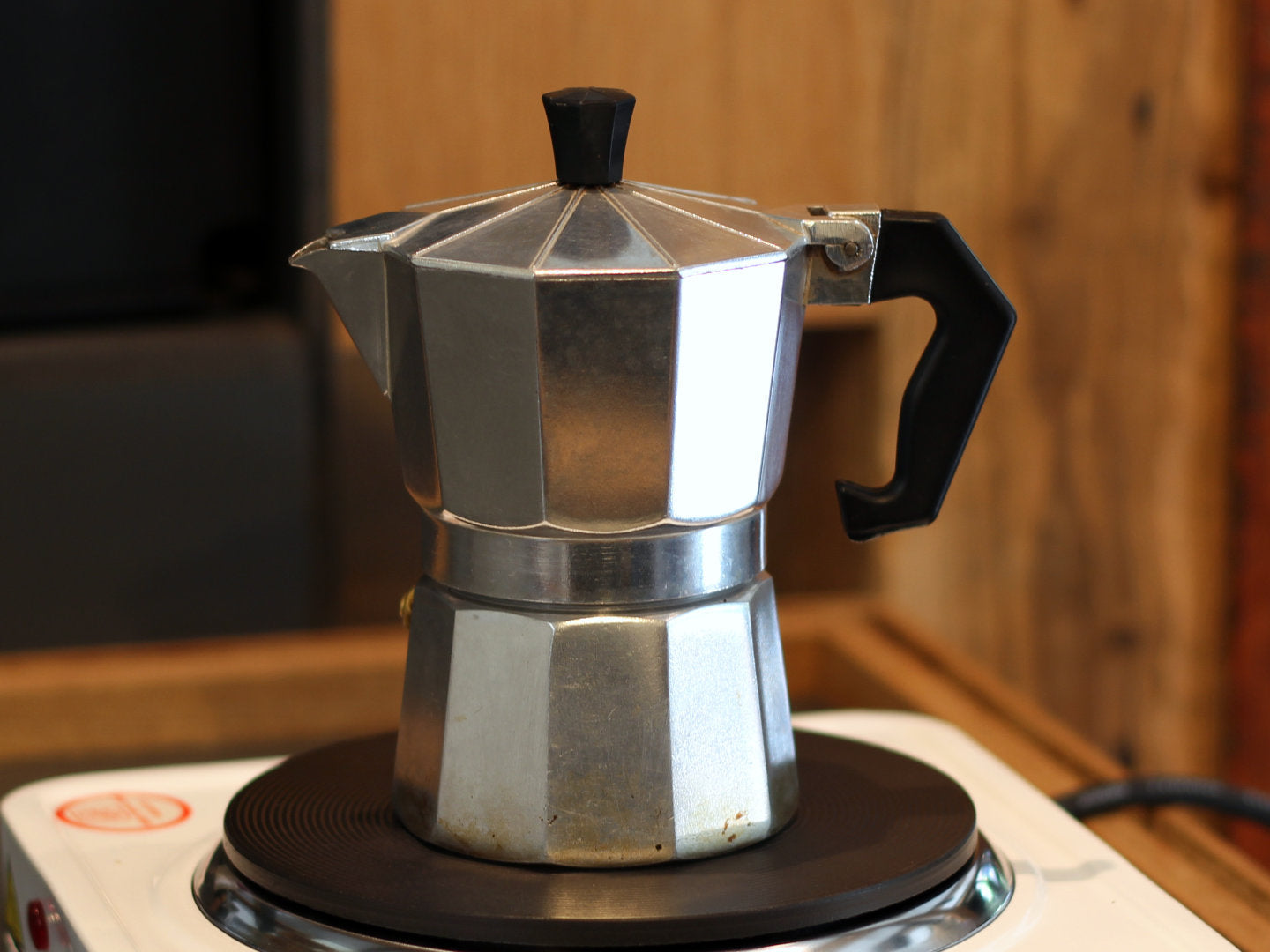

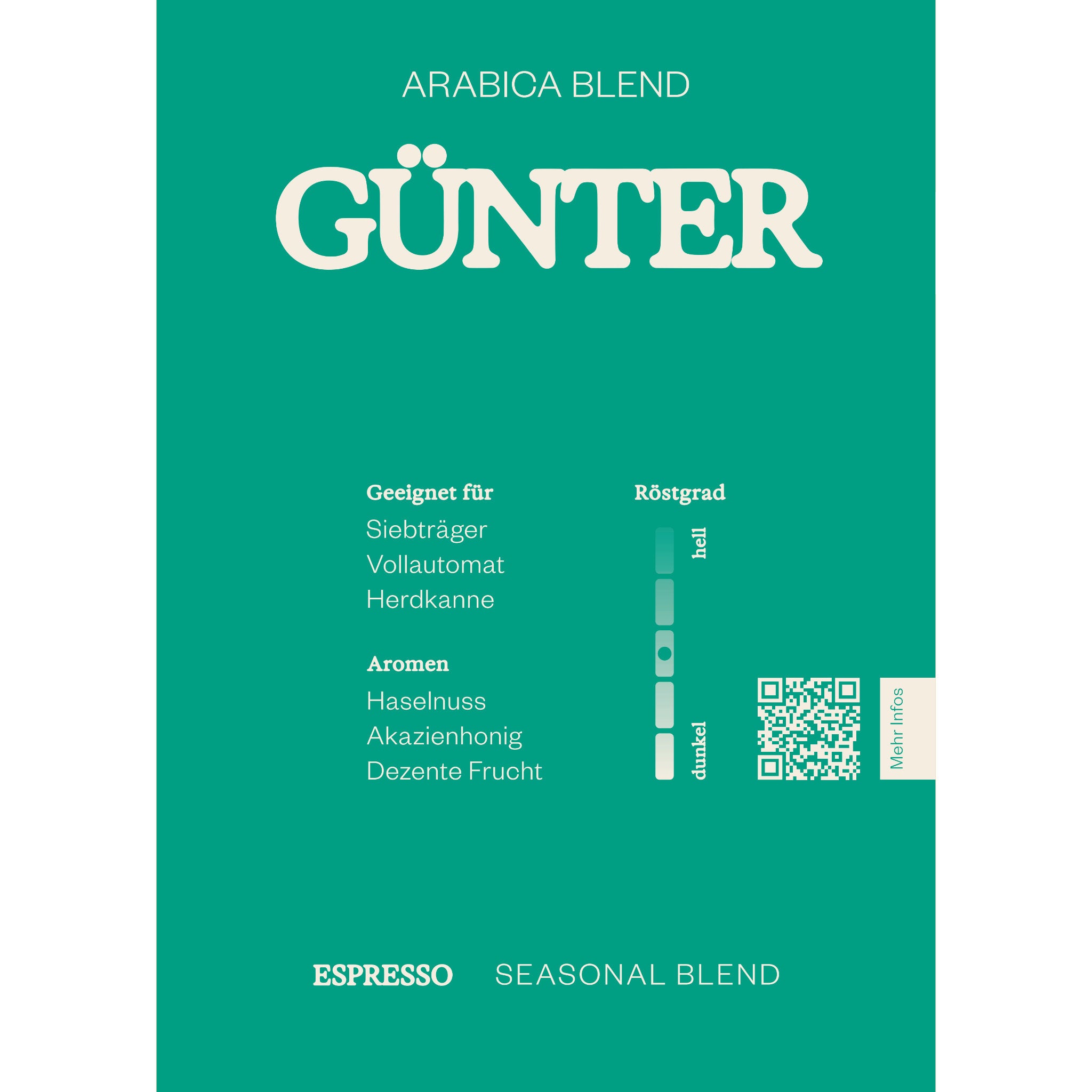
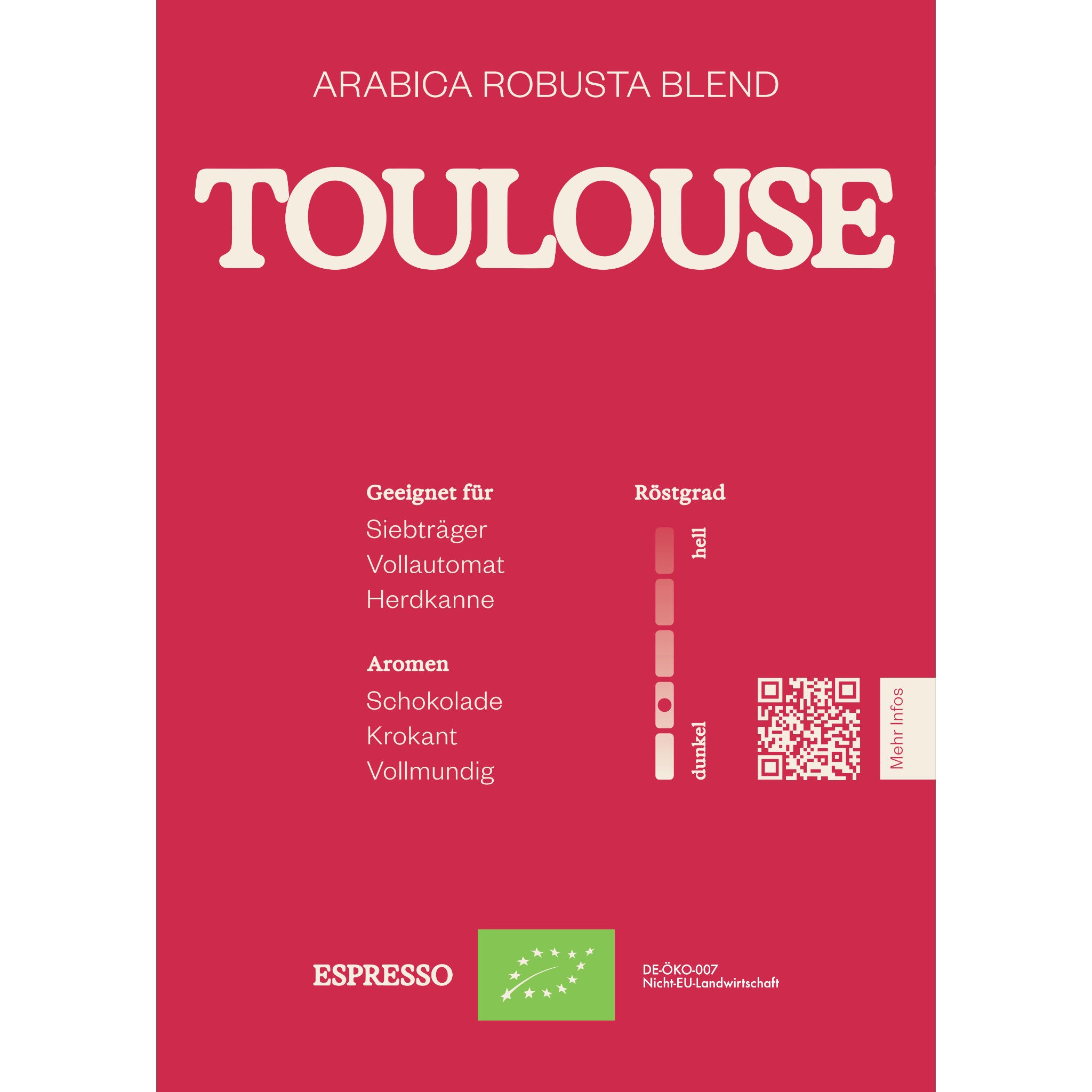

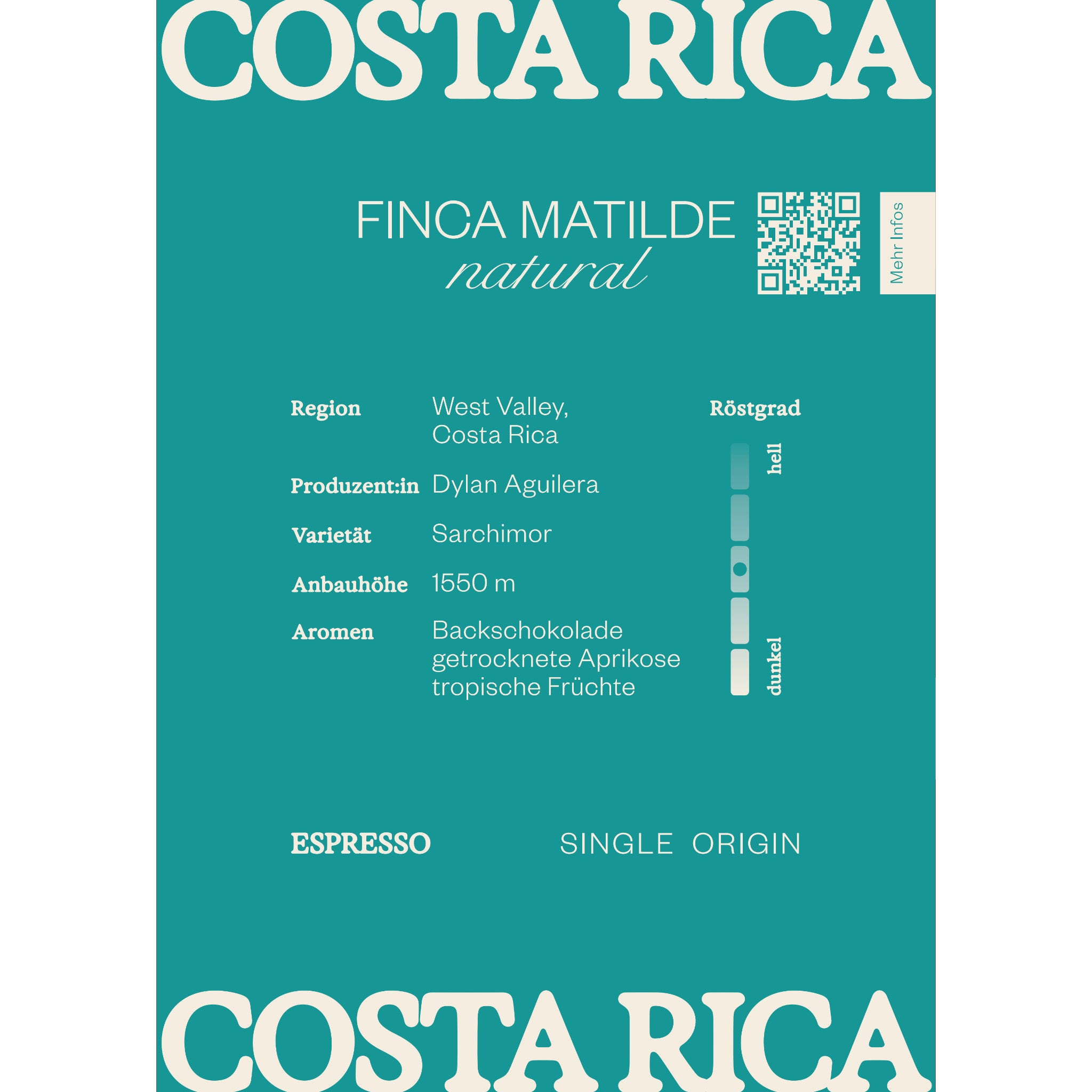
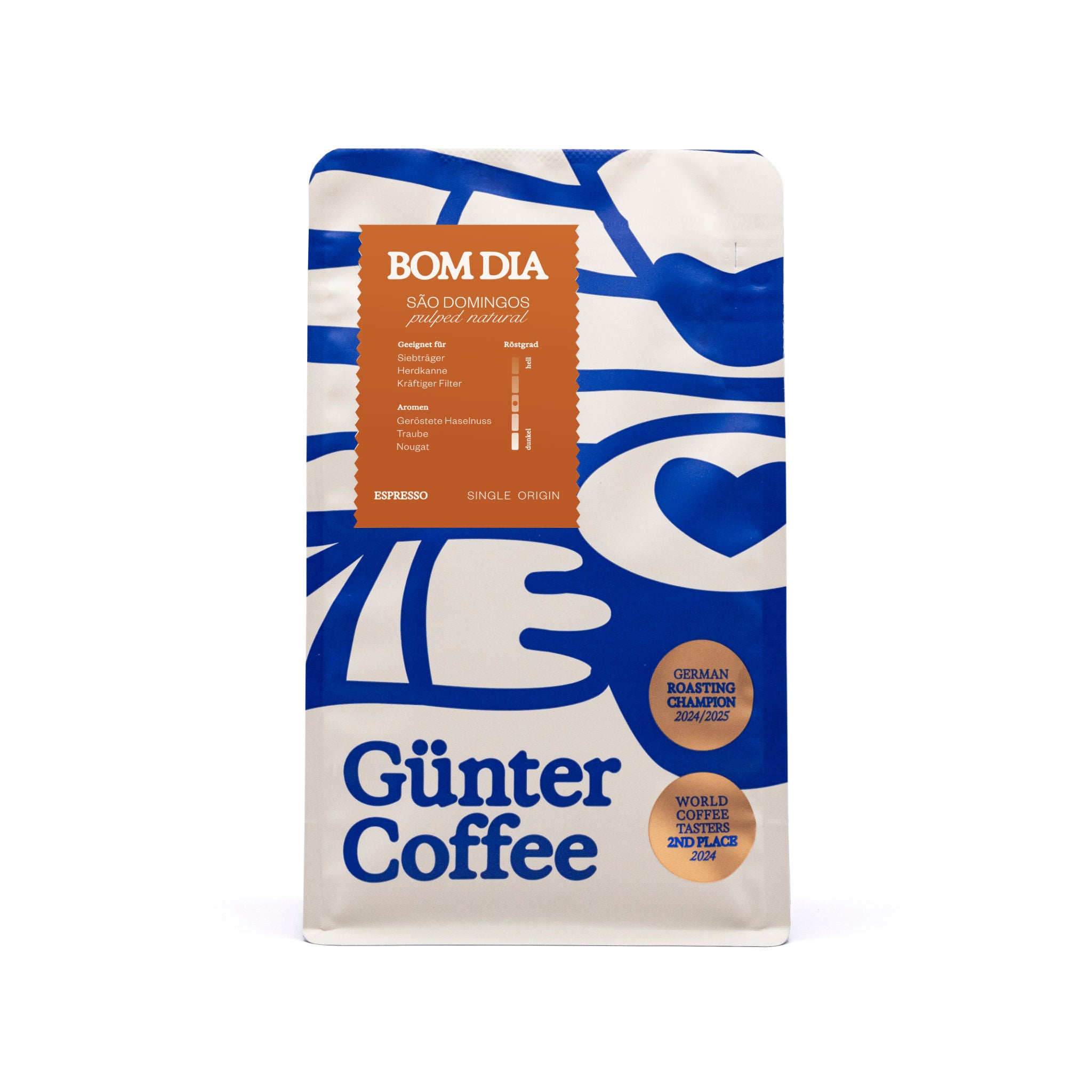


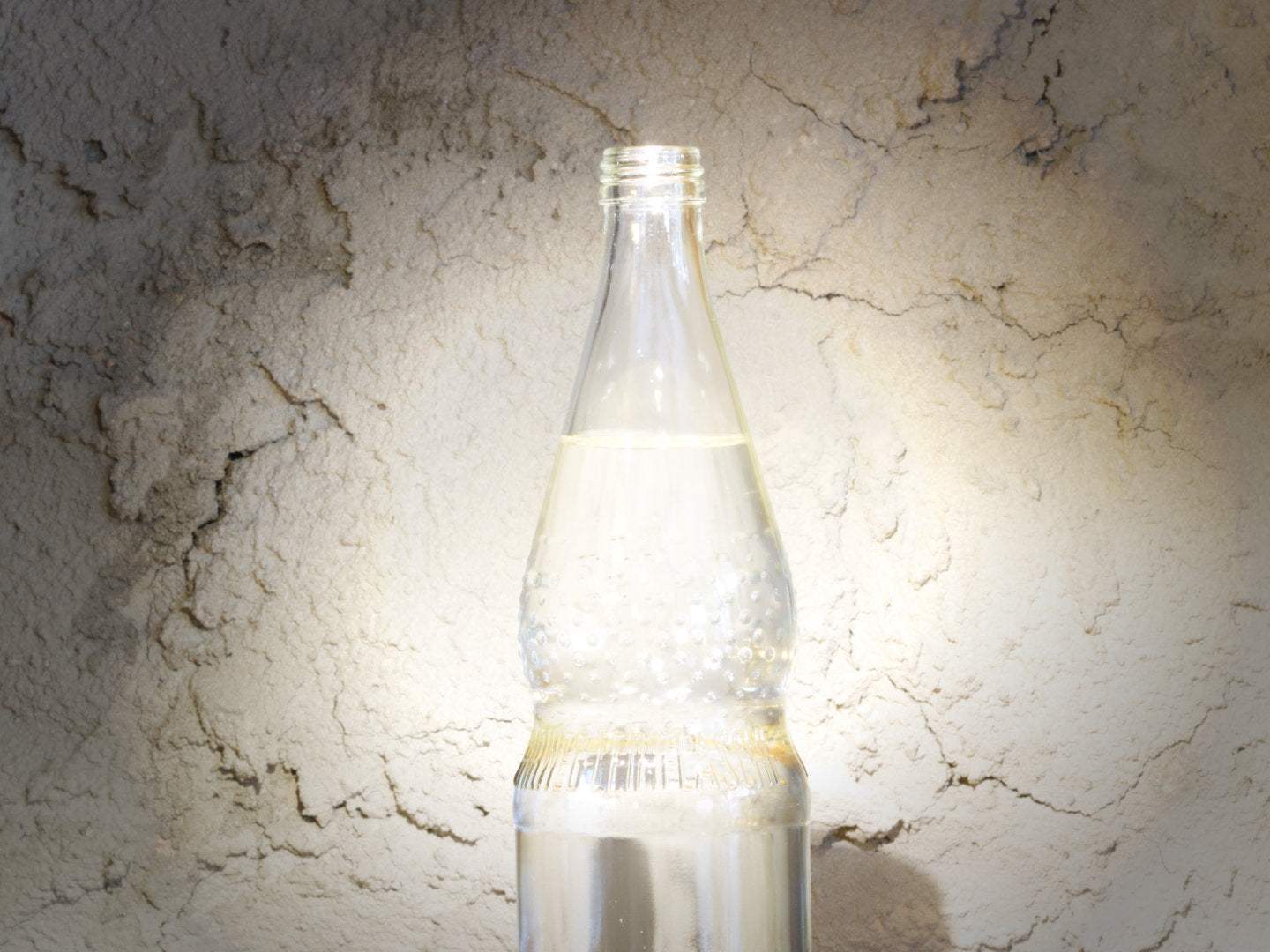
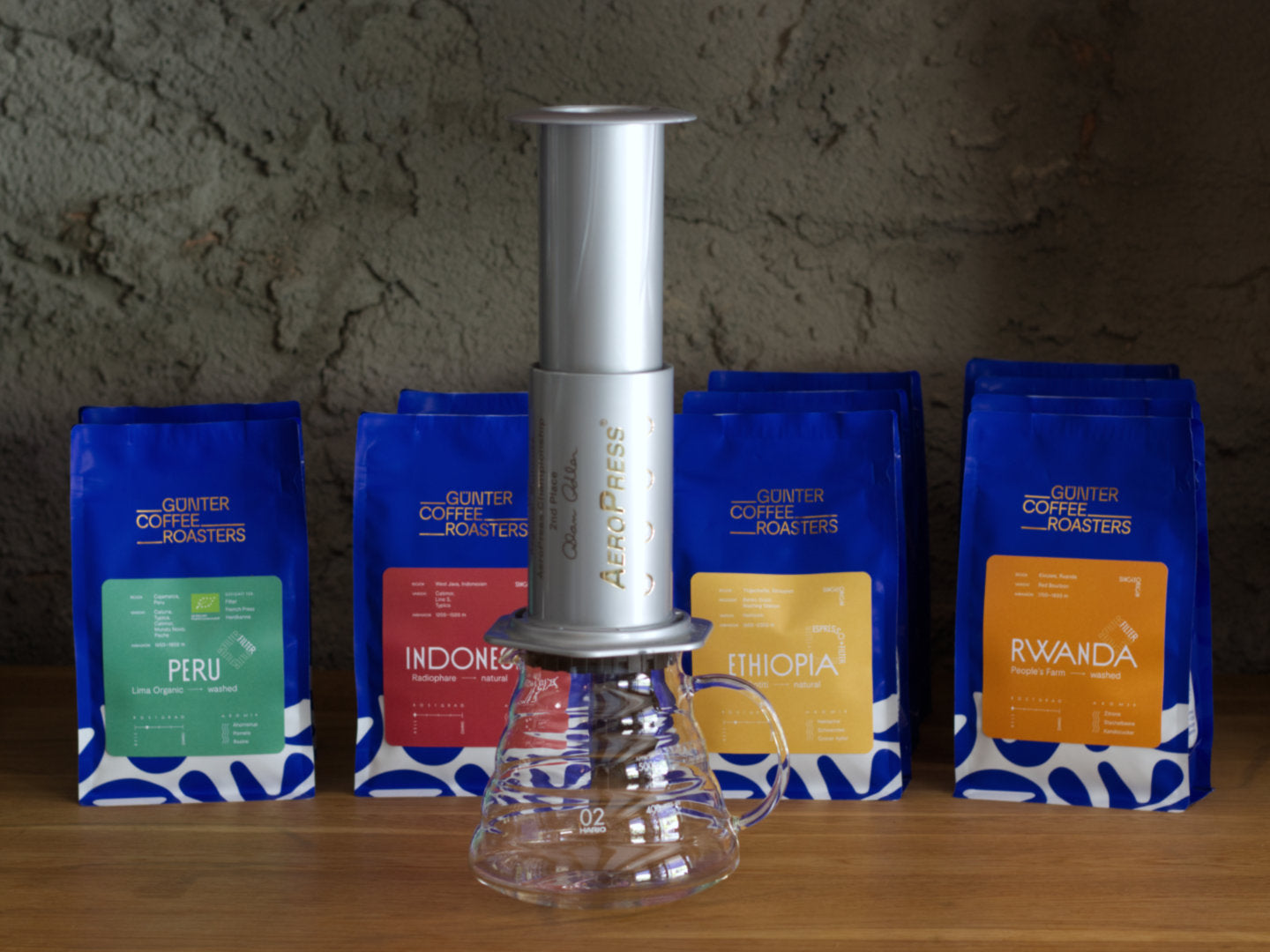




3 comments
PAOLO
NEIN, der Sieb muss immer voll sein, nur dadurch baut sich den richtigen Druck auf . Alles andere ist etwas dazwischen aber kein Mocca . Einzige Lösung ist ein Einsatz zum reduzieren der Kaffeemenge. ( dann weniger Wasser einfüllen)
NEIN, der Sieb muss immer voll sein, nur dadurch baut sich den richtigen Druck auf . Alles andere ist etwas dazwischen aber kein Mocca . Einzige Lösung ist ein Einsatz zum reduzieren der Kaffeemenge. ( dann weniger Wasser einfüllen)
Nico | Günter Coffee
@Stephan:
Danke für deinen Kommentar. Du kannst deinen Kaffee aus dem Espressokocher natürlich auch noch einmal verdünnen, um einen milderen Geschmack zu erreichen. Erlaubt ist, was schmeckt. Wieviel Wasser du dabei hinzugibst, bleibt dir überlassen. Ich fahre mit 2/3 Kaffee aus dem Espressokocher zu 1/3 Wasserzugabe ganz gut.
Das Sieb musst du nicht ganz voll machen, allerdings empfehlen wir, dann auch weniger Wasser einzufüllen. Wenn du das Sieb mit weniger Kaffeemehl bei gleicher Wassermenge füllst, wird dein Kaffee automatisch milder.
Beste Grüße
Nico
@Stephan:
Danke für deinen Kommentar. Du kannst deinen Kaffee aus dem Espressokocher natürlich auch noch einmal verdünnen, um einen milderen Geschmack zu erreichen. Erlaubt ist, was schmeckt. Wieviel Wasser du dabei hinzugibst, bleibt dir überlassen. Ich fahre mit 2/3 Kaffee aus dem Espressokocher zu 1/3 Wasserzugabe ganz gut.
Das Sieb musst du nicht ganz voll machen, allerdings empfehlen wir, dann auch weniger Wasser einzufüllen. Wenn du das Sieb mit weniger Kaffeemehl bei gleicher Wassermenge füllst, wird dein Kaffee automatisch milder.
Beste Grüße
Nico
Stephan
Hallo,
danke erstmal für deinen Beitrag. Füllt man denn das Sieb immer voll mit Kaffee? Ich kenne es so, dass man den Gebrühten Kaffee dann nocheinmal mit Wasser verdünnt, wie beim Americano. Ist das richtig und wenn ja, gibt es eine gute Faustregel in welchem Verhältnis?
Viele Grüße Stephan.
Hallo,
danke erstmal für deinen Beitrag. Füllt man denn das Sieb immer voll mit Kaffee? Ich kenne es so, dass man den Gebrühten Kaffee dann nocheinmal mit Wasser verdünnt, wie beim Americano. Ist das richtig und wenn ja, gibt es eine gute Faustregel in welchem Verhältnis?
Viele Grüße Stephan.